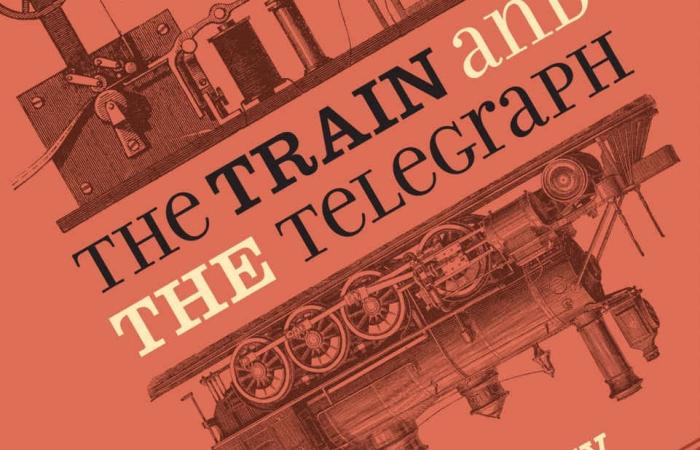
The Train and the Telegraph: A Revisionist History
Ben Spohn interviews Ben Schwantes on his recent book, The Train and the Telegraph: A Revisionist History (Johns Hopkins University Press, 2019). In the book, Schwantes argues that the relationship between the telegraph industry and the railroad industry is much more complicated than previously recognized. While the infrastructure for these two industries often accompanied each other, their business interests and goals did not. As Schwantes points out, Samuel Morse envisioned the telegraph’s primary customer as the postal service, that new railroads and telegraph lines went up together was a marriage of a business dealing rather than mutually held goals from the start.
Telegraph lines operated alongside railroads from the 1840s, but railroads themselves didn’t fully adopt telegraph communication for their operations until after the Civil War, in the 1880s and 1890s. As railroads grew and lines became longer and more heavily traveled, more railroads adopted the telegraph as traditional methods of rule and time based operations broke down. By the first decade of the twentieth century, the industries were fully intertwined-- railroads finally used telegraphs en masse to coordinate their operations and communications. This lasted until 1907 when Congress passed The Hours of Service Act, which capped the hours railroad employees could work in a day. With the passage of this act telephones began to supplant the labor intensive telegrapher’s role in the railroad industry.
The audio-only version of this program is available on our podcast.
